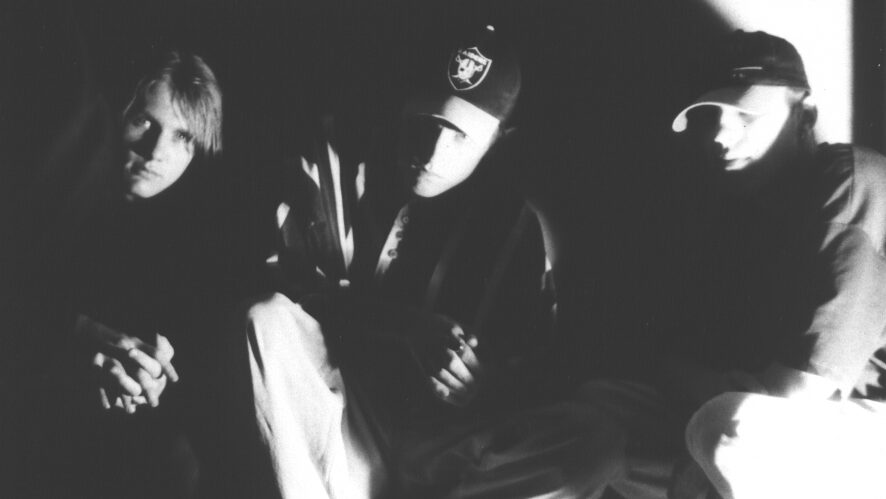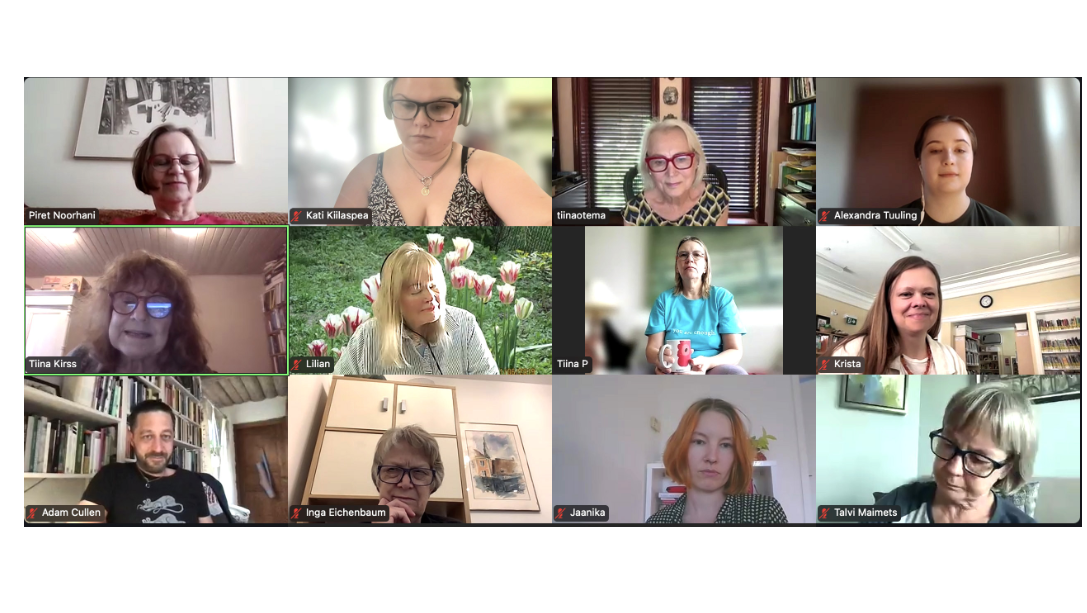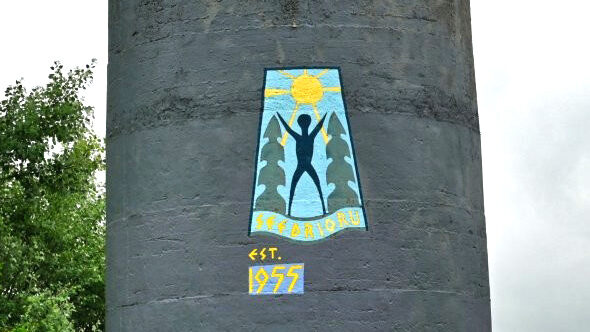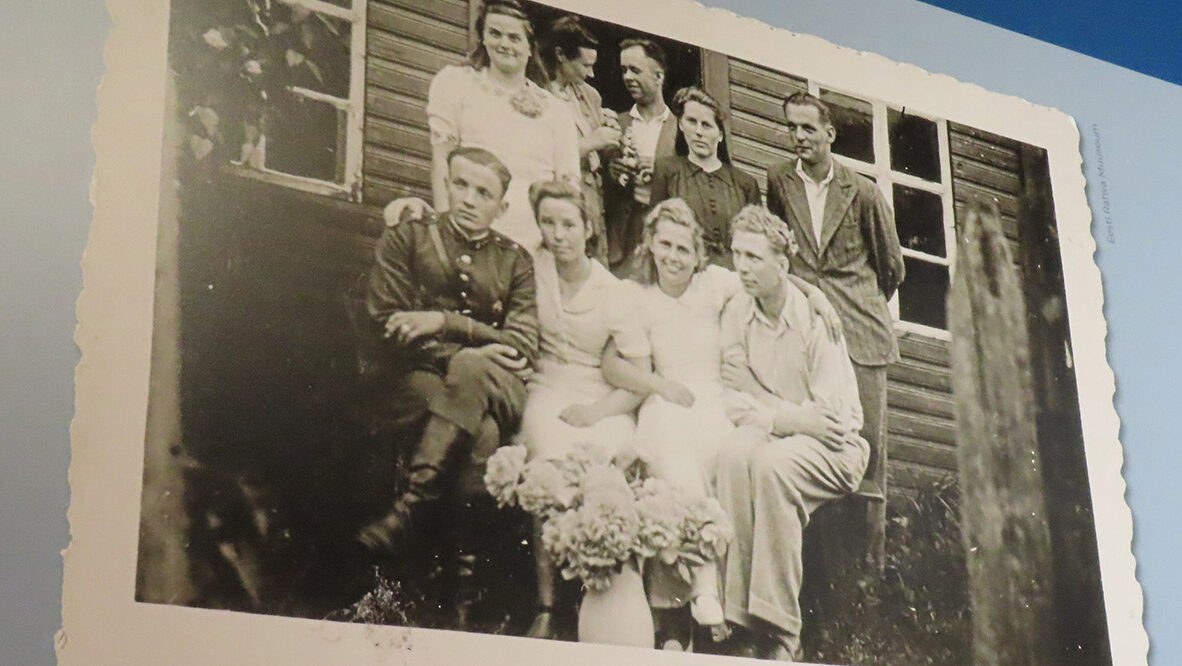In the 1990s, it took the world by storm, engulfing grimy basements and abandoned warehouses in a sonic atmosphere marked by rapid-fire breakbeats, never-before-heard synthesizer sounds, and hypnotic basslines. At that moment, it was the sound of the future—today, it's the sound of freedom.
“Jungle” depicts a scene originating from Britain's Caribbean communities and sound system culture in the early 1990s, when “breakbeat producers began experimenting with faster tempos, deeper reggae basslines, and more complex songwriting,” according to Rate Your Music. The result was a massive hit. Fast cuts, carefully arranged breaks, and sharp percussion, with masters of ceremony providing vocal accompaniment, created an energy like none before, marking a radical departure from the pre-existing four-to-the-floor beats typical of the time.
In Estonia (and much of Eastern Europe), jungle provided a different form of expression. Western music, particularly rock music, was heavily censored by the USSR.
Jungle's popularity reached a peak in the mid-1990s. In his article “Welcome To The Jungle”, Pat Lewis highlights how the crumbling social and economic conditions within the post-Thatcher United Kingdom left many people—particularly black youth—”feeling disenfranchised and forgotten.” Jungle “reflected the sombre atmosphere on the streets through darker, more sinister sounds… It was less euphoric than the rave scene of the eighties, which had dominated both the airwaves and the underground.”
In Estonia (and much of Eastern Europe), jungle provided a different form of expression. Western music, particularly rock music, was heavily censored by the USSR. Alarmed by the music's ability to undermine Soviet values, the USSR presented vocal-instrumental ensembles (VIAs) as its de facto soundtrack, placating the population and reinvigorating its propaganda. In this context, many Soviet-occupied countries found it difficult to develop their musical repertoire. When the USSR finally dissolved in 1991, Estonians turned to jungle's energetic beats and futuristic synthesizers as a cathartic avenue of self-expression and community building.
“[Jungle had] exciting new rhythms, which were completely crazy compared to what was [here] before. [It also had] vibrations and mega cool bass, which I didn't hear very often outside the club because I didn't have very good speakers at home. There was some kind of x-factor, which I can't explain. It was music to the body; it came and slapped,” said Estonian DJ Kalev K in an interview with Estonian Drum ‘n' Bass Blog.
Yet tuning into jungle remained difficult, even after the Soviet Union's collapse. This was done primarily through “pirate radio,” illegal radio stations that broadcasted underground music from offshore ships or abandoned ports.
Once Estonia was acquainted with these new sounds, producers and DJs began cultivating their scene with local jungle/drum ‘n' bass group Lu:k at the forefront.
“Jungle music arrived here around 1993, mainly on tapes from London. When someone went to London, [they] recorded and brought [back] recordings of the pirate radio stations on cassettes to listen to,” said Kalev K. “Finnish radios and John Peel's show, where he played modern music, did not reach us,” he added.
Estonian radio host and Röövel Ööbik band member Raul Saaremets was also instrumental in bringing the jungle scene to Estonia. His radio show “Vibratsioon” broadcasted some of the first jungle songs in the country, according to the Estonian Drum ‘n' Bass Blog:
“It started with me having pen pals from England, who sent me mixtapes, several of which were recordings of some pirate stations. Thanks to those mixtapes I got a taste of it. It was at the same time the Jungle was taking over in London and it came on as an unprecedented wave. It's safe to say, it was one of the biggest musical innovations that has ever happened, definitely in pop or electronic music at least. I had a famous friend from BBC Radio 1 named John Peel who was sending me records which included quite a lot of Jungle and drum and bass. And, of course, because I had my show, I immediately started playing them.”
Once Estonia was acquainted with these new sounds, producers and DJs began cultivating their scene with local jungle/drum ‘n' bass group Lu:k at the forefront. Their tracks “La:v” and “Lovin U” are cult classics. When speaking to the Estonian Drum ‘n' Bass Blog, group member Virko Veskoja recalled that “The precise or actual beginning of Lu:k was in July 1994 after we graduated high school. The very first time we started, we were at my place, and I even had a video of it because I had filmed the whole thing. I remember producing music the whole night, and then the next morning, we came up with the name Lu:k. We wanted it not to mean anything, but… it was after an all-nighter, so we were quite in a zombie-like state. We didn't think that the name would mean anything in Estonian, but it does—like a hatch or a trap door. We thought it was something completely meaningless.”
Today, jungle has splintered into an abundance of sub-genres. Yet no matter which direction the scene takes, unity, freedom, and passion will always remain at its core.
Check out “Lu:k Tallinn-Tartu-Pärnu 1995” on YouTube to get a feel for Estonia's local jungle/drum ‘n' bass scene at the time.
This article was written by Natalie Jenkins as part of the Local Journalism Initiative.




